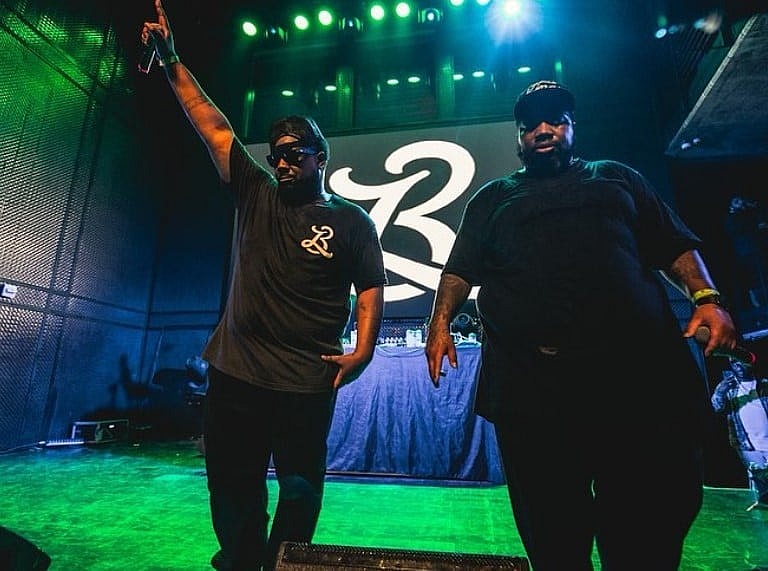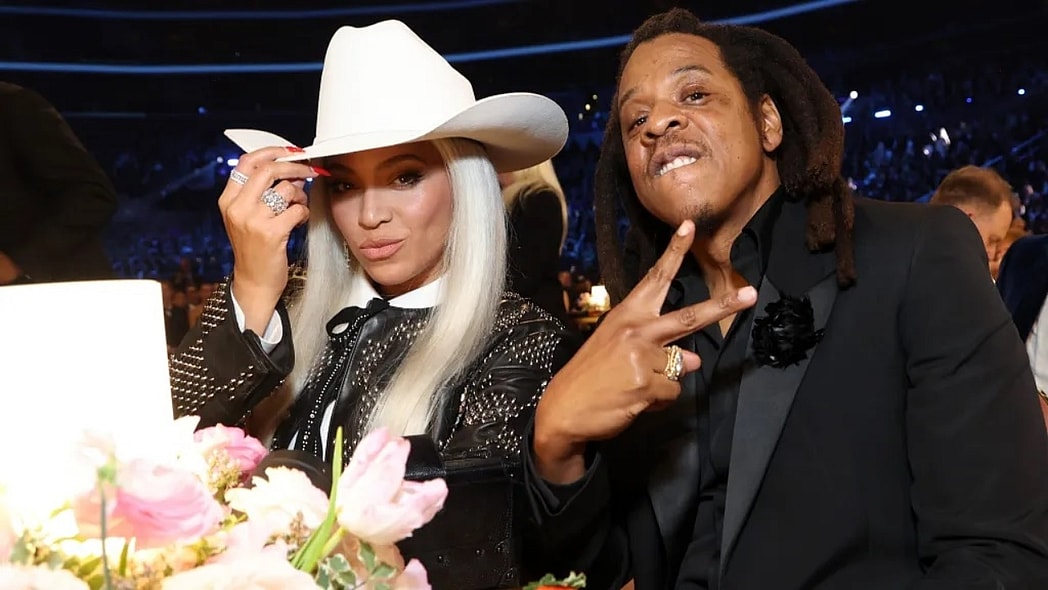Editor’s note: The following article is an op-ed, and the views expressed are the author’s own. Read more opinions on theGrio.
2004 was a pivotal year in my life. Arguably, it’s the most significant year of my professional life; on my 25th birthday — June 3, 2004 —I published my first-ever blog post. From that point on, my life and career were never the same. While I maintained a regular day job, complete with a salary, benefits and paid time off, during the latter half of that year I began receiving opportunities to write for websites I’d previously spent most of my downtime reading. One of those spaces was Allhiphop.com, which in 2004, was one of the few hip-hop websites, and thus, a supremely popular online stop for all folks interested in the culture. Put a pin in this.
2004 was also a pretty significant year for indie hip-hop releases. March 23, 2004, is the day that one of the most classic albums in hip-hop was released, MF Doom and Madlib’s “Madvillainy,” but it was also the release date of another notable project: “Murs 3:16: The 9th Edition,” a collaborative album from rapper Murs and (at that time) new-ish on the scene producer, 9th Wonder. 9th Wonder is, of course, the producer of the vaunted North Carolina-based hip-hop group Little Brother. Murs was a rapper from the Los Angeles group, Living Legends, but I knew him from a separate collaborative album with rapper Slug (from the group Atmosphere). Slug and Murs formed a group called Felt and released “Felt: A Tribute to Christina Ricci” in 2002.
In 2004, and coming on the heels of his much-earned celebrity as a producer from Little Brother’s debut album, “The Listening,” and a placement on Jay-Z’s 2003 album, “The Black Album,” I was pretty much willing to listen to anything produced by 9th Wonder. I picked up “Madvillainy” and “Murs 3:16: The 9th Edition” on the same day, and both albums stayed in rotation for the entirety of the year (and years after, if I’m being honest). 9th Wonder’s signature production was amazing, but the thing that really stood out to me was the relatability of Murs, who despite rapping about a city I had yet to visit, and a life I wasn’t familiar with outside of movies centered in Los Angeles, dropped bars that made me feel like I could see and understand his life. I’ve always had a thing for everyman-style rappers; make no mistake, Murs (and rappers like Phonte and Blueprint from Soul Position) were lyricists of the highest order, but their storytelling and lyricism used references and ideas that felt familiar to me.
Recommended Stories
Also, Murs has an absolute penchant for storytelling. The song “Walk Like a Man” was so cinematic that I remember thinking that somebody should take that concept and turn it into a short film, which he eventually did. Aside from the storytelling, the song has three parts, and the beat for the second part was one of the greatest beats I’d ever heard, and I still feel that way. 9th Wonder’s ability to craft an emotionally-charged beat perfectly fit Murs’ voice and, well, there’s a reason why this album was so highly rated in 2004. It’s an album full of interesting tales about life in Los Angeles as a rapper whose fanbase didn’t always match the folks whose lives would most relate to the content, something he spoke to directly on the album cut, “And This Is For…”
Because of a connection made through the blogging world, I was given my first opportunity to write a piece for Allhiphop.com in October 2004. And when I got my second chance the next month, that song was on my mind when I wrote an article for Allhiphop.com in November 2004. That second piece for the site was my chance to explore a topic on my mind: the way fans of hip-hop complained about everything and how the artists might receive that. The song “And This Is For…” played over and over as I wrote a piece titled “Hip Hop Confusion: And This Is For?” arguing that we as consumers and fans were never happy, and because of that, artists should simply make the music that best suited who they were at that point in life.
A decision I made in that piece further changed my trajectory. I put my email address at the end of it, and I got emails from rappers, managers, agents and people who read the piece and agreed and some wanted to work with me. Obviously the album itself didn’t change my life, but it did inspire my writing. I’ve long admired Murs’ ability to tell a relatable story. While I don’t write rap lyrics, rappers are often my go-to for inspiration because I was raised on and by hip-hop. And the song “And This Is For…” presented ideas I’d also been thinking about. And when I got the opportunity to create art that synthesized my thoughts with the topics, I did so. Is “Murs 3:16: The 9th Edition” a classic hip-hop record? Maybe not, but only because Murs wasn’t then a household name. The album is as good now as it was in 2004.
Murs and 9th Wonder collaborated on future projects and have both succeeded tremendously independently. That first project though, hit me at a time I was looking to find art that spoke to my development as a writer, and this album was one that I still look to as being foundational to my career. It helped me get onto Allhiphop.com and propel my career forward.
Now, I know who this is for.

Panama Jackson is a columnist at theGrio. He writes very Black things, drinks very brown liquors, and is pretty fly for a light guy. His biggest accomplishment to date coincides with his Blackest accomplishment to date in that he received a phone call from Oprah Winfrey after she read one of his pieces (biggest), but he didn’t answer the phone because the caller ID said: “Unknown” (Blackest).
Make sure you check out the Dear Culture podcast every Thursday on theGrio’s Black Podcast Network, where I’ll be hosting some of the Blackest conversations known to humankind. You might not leave the convo with an afro, but you’ll definitely be looking for your Afro Sheen! Listen to Dear Culture on TheGrio’s app; download it here.
Never miss a beat: Get our daily stories straight to your inbox with theGrio’s newsletter.










